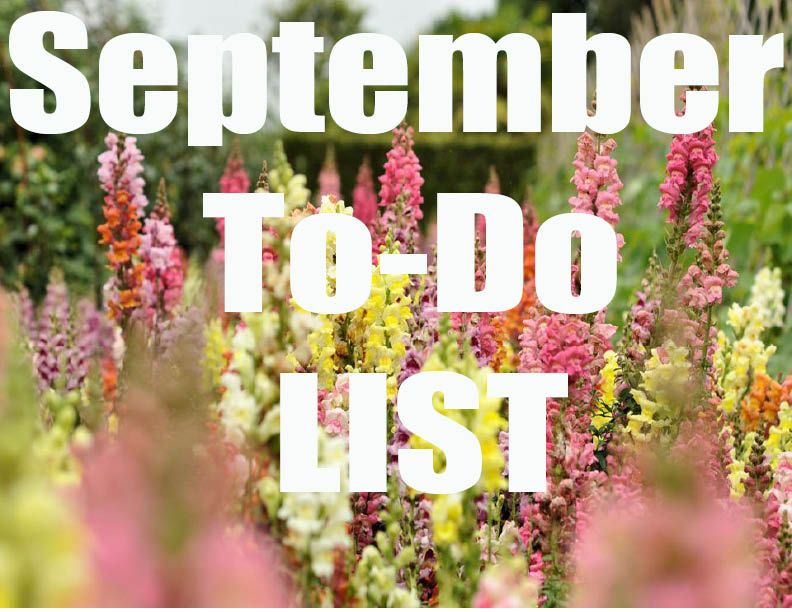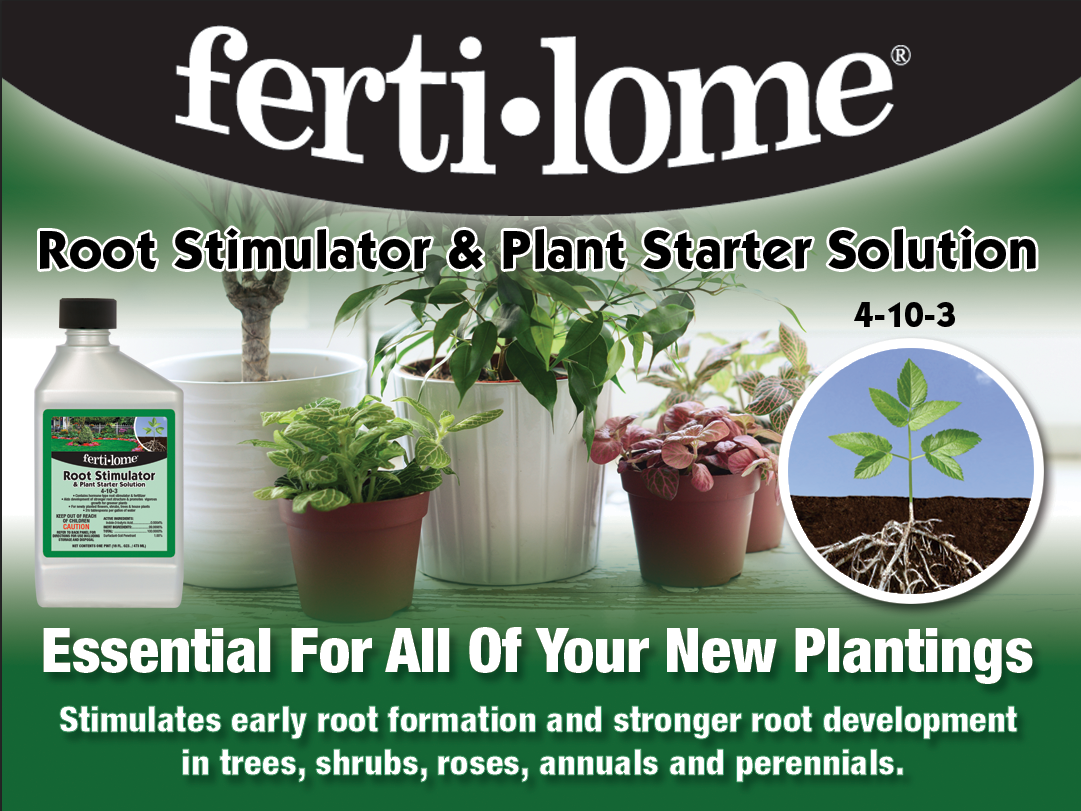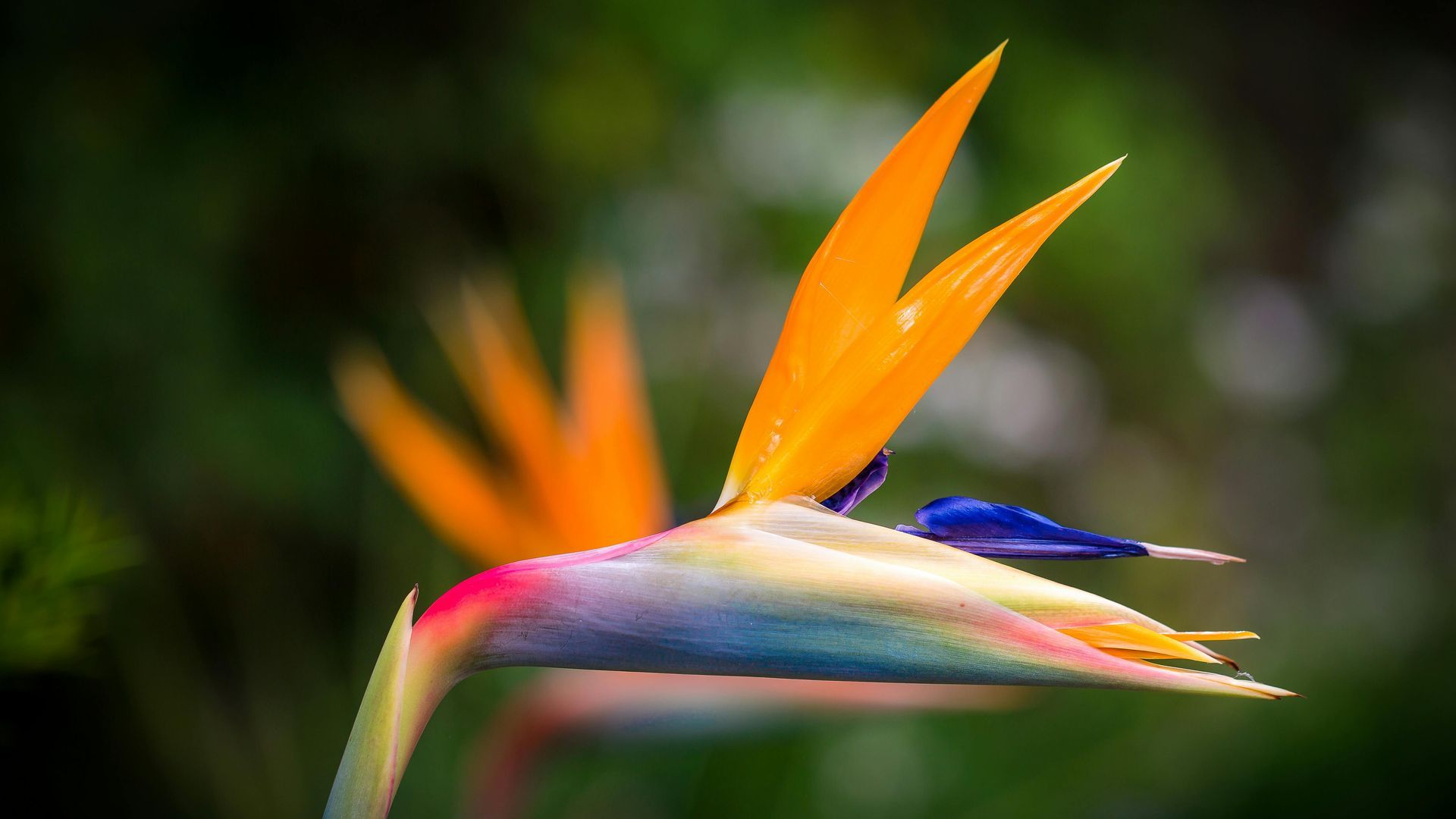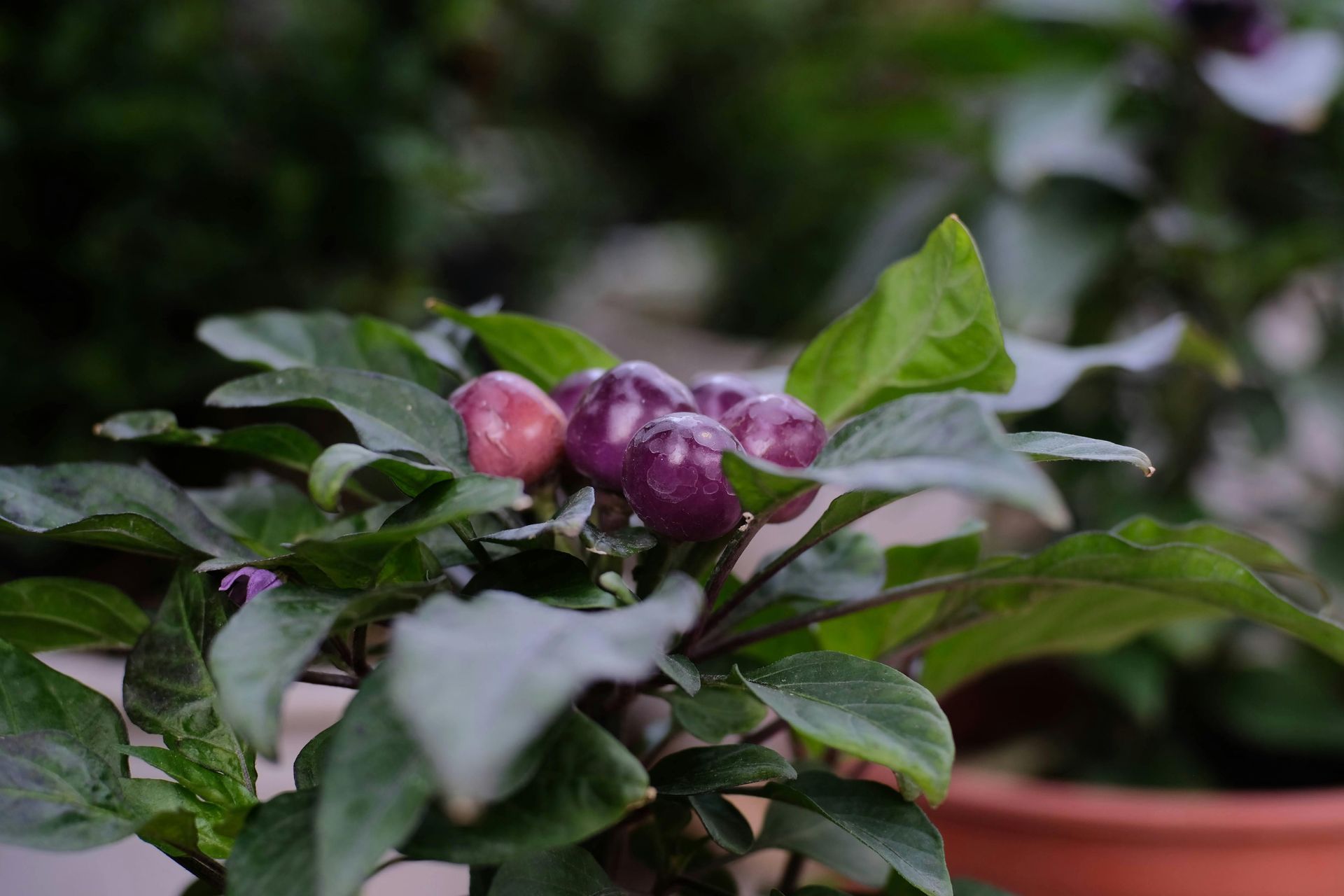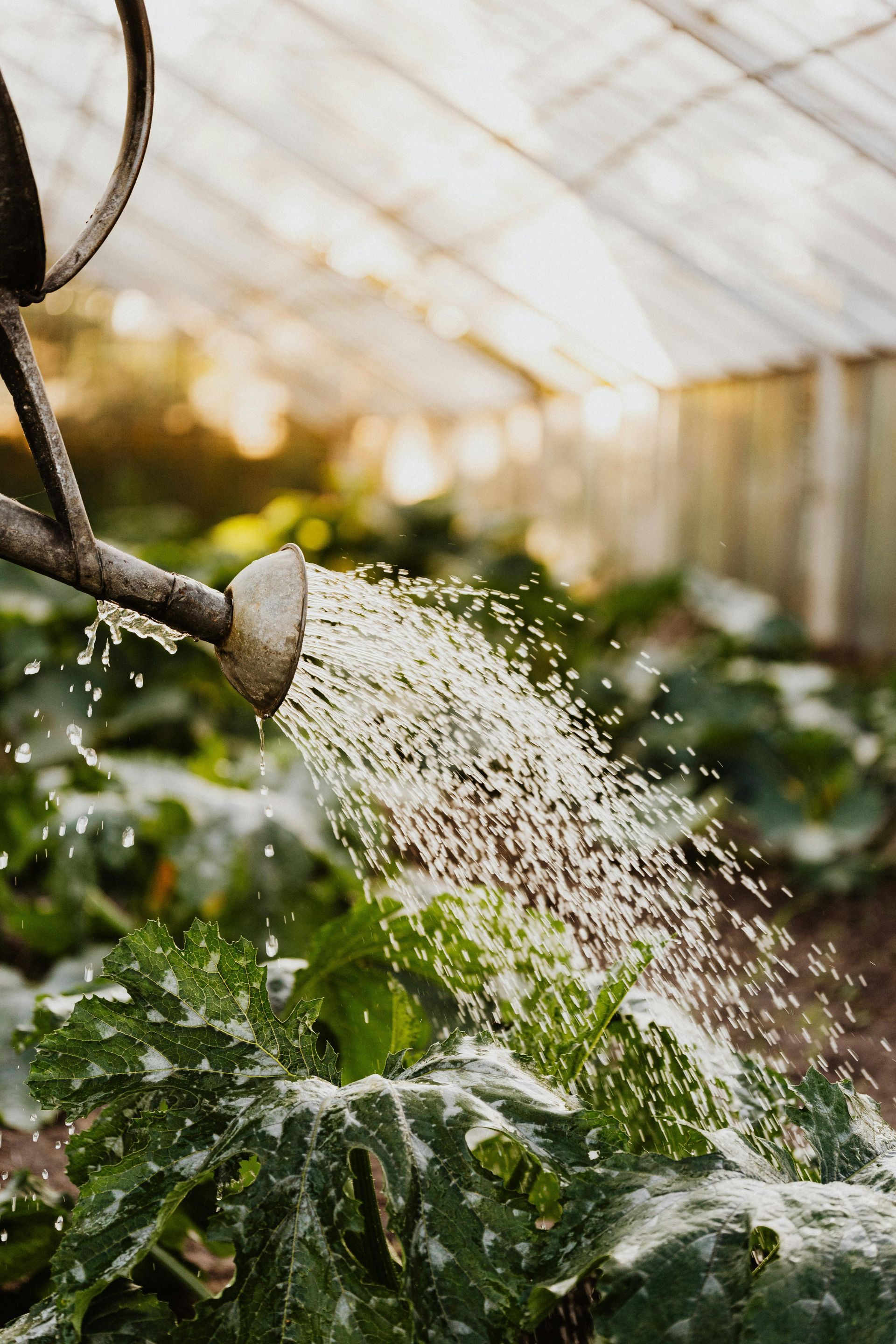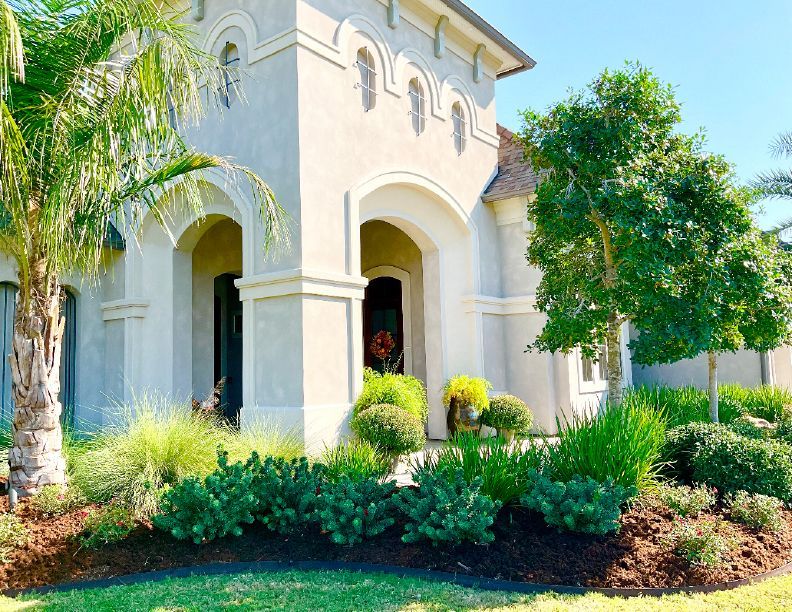Water Wisely
So you think watering is a no-brainer?
Water for too long, and you engrave an open invitation for fungus. Water too little, and roots become shallow. Water in the evening, and insects come out to feast. Water from too high, and half the moisture is lost to evaporation.
Yet, with a little knowledge, we can all become better consumers, better gardeners and better stewards of our environment.
If you planted trees, shrubs, perennials, or annuals this spring it is now time to think about how to help them beat the heat. Does that mean to get out the hose and start watering? Perhaps. However, before unraveling the hose to water plants, there are a few details to consider:
Plants that are growing in small containers will need watering every 2-4 days.
Trees and shrubs in larger containers will need watering every 7-10 days.
Annuals and perennials have smaller root systems than trees and shrubs. These will need watering every 3 to 4 days. Water thoroughly and deeply.
Set the hose at the base of the plant and run water at a slow trickle – 5 to 10 minutes for small trees and shrubs and 10 to 20 minutes for larger. Less frequent watering is needed with rain– more frequent watering is needed with no rain and warm temperatures.
Before watering, make a point to check the soil around plants for moisture content. If the soil around the base of a plant looks or feels damp, watering can be suspended until the soil moisture has diminished. If the soil looks or feels dry, it is likely time to water.
Supplemental watering of new plants is only needed until the onset of cooler weather this fall.
Here are 10 dos and don’ts when it comes to the most efficient ways to water:
1.
DO Water early in the morning when sunlight is weakest, the ground is coolest and foliage will have hours to dry before nightfall.
DON’T Water in the evening when soil is warm and wet foliage can attract insects, fungus and disease.
2.
DO Water deeply and at fewer intervals so that you reach roots, the part of the plant that needs the nutrients, sugars and hormones contained in water.
DON’T Water lightly and often, which promotes shallow root growth. (One of the worst watering crimes you can commit is to dash outside after work every evening and sprinkle the lawn for 10 minutes.)
3.
DO Direct water at the base of a plant and avoid wetting foliage, which invites fungus.
DON’T Water from overhead. Depending on the size of the plant, the water may never actually hit the ground because the foliage may overshadow the plant’s base.
4.
DO Give lawns an inch of water per week during dry spells, which with a sprinkler takes about 90 minutes to deliver to one area. If you don’t have a water gauge, set out an empty tuna fish can. When it’s full, you’re done!
DON’T Water a lawn more or less than what’s needed because the amount affects root growth—the foundation of a healthy, beautiful lawn.
5.
DO Use irrigation systems with fixtures close to the ground.
DON’T Use sprinklers that spray vast amounts of water into the air, most of which evaporate before it ever hits the ground. Avoid watering on windy days as well.
6.
DO Give trees and shrubs—especially newly-planted ones—direct watering every 7 to 10 days.
DON’T Rely on sprinklers and irrigation systems to reach the bases of trees and shrubs.
7.
DO Use soaker hoses to water vegetable gardens. Again, hit the ground, not the plant.
DON’T Use overhead sprinklers in vegetable gardens. More water is lost to evaporation than is absorbed by the soil.
8.
DO Use a watering wand to water annuals and perennials, both in ground and containers.
DON’T Use a hose and nozzle which casts a wide spray that wets the foliage and not always the ground.
9.
DO Water container gardens regularly, typically once a day during hot, dry spells. Stick your finger in the soil. If it feels dry all the way to your second knuckle, it’s time to water.
DON’T Think that container gardens need watering only when everything else does. Pots hold heat, so the confined soil dries out faster than garden soil does.
10.
DO Mulch beds and containers with several inches of composted material, which cools soil, retains moisture and helps deter weeds.
DON’T Water un-mulched soil. The force of the water can spatter plants with moist soil and cause runoff.
